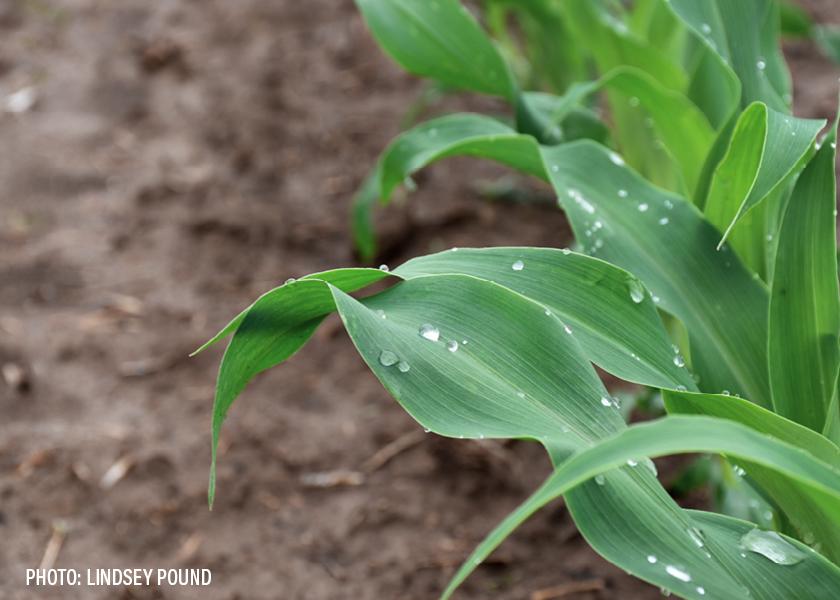BASF Announces EPA Approval of Surtain Herbicide

Initially announced in the spring of 2023, BASF’s Surtain herbicide has been in the works since 2012 and is now approved for use, subject to state approvals.
The product is intended for use on corn acres and is the industry’s first solid-encapsulated herbicide technology, which the company says maintains crop safety while providing a long residual length. It uses two active ingredients – Group 14 PPO inhibitor safluenacil and Group 15 growth inhibitor pyroxasulfone – to control and suppress 79 broadleaf and grass weeds, such as Palmer amaranth, waterhemp and giant ragweed.
“Every year growers spend millions of dollars to control weeds in corn fields due to increased herbicide resistance,” said Scott Kay, vice president of U.S. Agricultural Solutions at BASF. “Surtain herbicide’s unique chemistry targets weeds at their most vulnerable state, providing excellent control of even the most troublesome weeds facing corn growers today.”
Surtain offers a wide application window ranging from pre-plant through early post-emergence. BASF shares it can be used as an all-in-one solution to help users move faster and more efficiently during the busy spring season.
The product also has tank-mix flexibility and can be mixed with herbicides, liquid fertilizers, adjuvants and additives – including UAN and ATS.
Related Stories:
First-Ever Solid-Encapsulated Herbicide For Pre and Post Weed Control in Corn







